Preface
The main purpose of this article is to define the Edo period, the time of the Tokugawa Shogunate, which is the period usually associated with ukiyo-e and Japanese woodblock prints. The end of this period is the end of the Japanese Shogunate as an institution, and to understand what the Shogunate was, we must take a brief look at some history.
The Emperor
According to legend, Emperor Jimmu, or in Japanese, Jinmu tennō [神武天皇] was the first Japanese emperor (660-585 BC). He is considered a descendant of the sun goddess, Amaterasu [天照]. Officially, Jimmu is a direct ancestor of Japan's current emperor. That makes the Japanese imperial family the oldest still reigning house in the world.
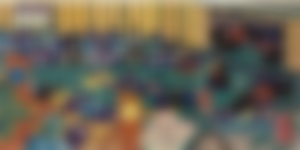
During the Meiji Restoration, the cult of Jimmu came to be emphasized, as part of strengthening the emperor's position after the Shogunate's abolition. This means that Jimmu also occurs in art from the Meiji period, and so do other emperors as well.
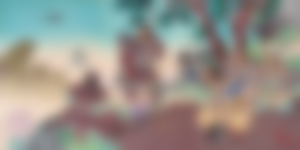
Emperor Yūryaku, [雄略天皇 - Yūryaku-tennô], who reigned about 456-469 AD, was the 21st emperor of Japan. Below Adachi Ginkô shows him as a hunter: Tennō Yūryaku overpowers a large wild boar at Mount Katuragi in 461 AD. The print is from 1896.
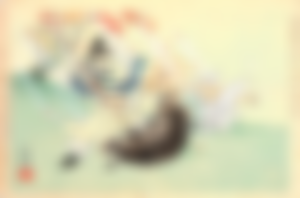
Tennô [天皇] means "heavenly sovereign" and is the official title of the Japanese ruler. "Emperor" is a Western attempt of a translation. But "Tennô" in Japanese refers only to the Japanese ruler; foreign emperors are called kōtei [皇帝]. However, the title tennô is not known to have been used before the 40th emperor, Tenmu, who reigned 631-686 AD. Thus Yūryaku was never called tennô in his lifetime.
The Shogunate
The Shogunate as an institution was a unique Japanese form of government. It survived for almost 700 years, between 1192 and 1867. Shoguns were hereditary military dictators. Formally, Shogun was a dominating feudal lord and as such subordinate to the emperor (who always remained Japan's head of state) - but in practice, he was the real ruler while the emperor served as a religious (Shinto) head. The Shoguns belonged to different dynasties.
The Kamakura Shogunate (1192-1333).
The Ashikaga Shogunate (1336-1573).
The Azuchi–Momoyama period (1568–1600) (with de facto but not de jure Shoguns Oda Nobunaga and Toyotomi Hideyoshi, who practically unified Japan which otherwise consisted of a number of warring clans, and paved the way for the Tokugawa dynasty).
The Tokugawa Shogunate (1603-1867).

The Edo period - The Tokugawa Shogunate
When Tokugawa Ieyasu 1603, after a long civil war, secured the Shogunate, Edo was a small fishing village and the centre of his feudal estate before he became the shogun. He placed his military regime there. Today Edo, now called Tokyo, is one of the largest cities in the world. Initially, however, it was difficult to get a population there - it was merely a village. Shogun was forced to legislate - a regulation that stipulated that every feudal lord had to maintain one household in Edo and one in his own hometown. The feudal lord must also stay in Edo for a certain period of time each year and leave the family in Edo when he himself was not there. In practice, it was a hostage system.
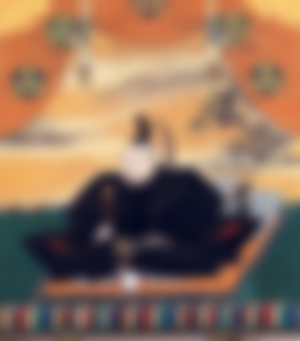
It prompted Edo to grow rapidly - already in the late 17th century, the population was over one million - while strengthening the shogun's power. The Shogunate was kept within the Tokugawa clan until the Meiji restoration. It was more than 250 years of relative stability, a unique state in Japan, which, with only short times of peace, had constant civil war between different feudal clans.
The Tokugawa Shogunate is the actual image of what the outside world sees as "Old Japan". It also coincides exactly with what is called the Edo period, and with the style of art that is called ukiyo-e. Still, it was Kyoto that was the centre of the older Japanese culture; it was where the emperor resided. Edo was, as a city, a young uprising, from the beginning a pure power centre with the artistically and culturally totally disinterested Tokugawa Shoguns. But with the influx of population, the culture gradually came.
The Tokugawa clan held the Shogunate between 1603 and 1867, and these are the years we usually call the Edo period. On September 3, 1868, the name Edo was changed to Tokyo.
Ukiyo-e was never static, but developed over time. Although its classical period was the Edo era, it continued to evolve far into the Meiji era. This is the nature of art and the way it develops. One style is not entirely replaced by another at an exact point of time. Eventually, gradual artistic and technical changes have reached so far that we give the art another name. But that borderline is never clear or sharp. Generally, however, the Edo period is considered the time of classical ukiyo-e. The style continues seamlessly into Meiji era, but new elements, techniques and aesthetic principles were introduced and brought the prints gradually into new realms, until they can no longer be called ukiyo-e.
Interestingly, one of the inalienable parts of ukiyo-e, the kabuki theatre, was created just 1603, by Izumo no Okuni. From the beginning it was called kabuki odori.
Kabuki (a form of traditional Japanese theatre) and ukiyo-e existed and evolved in a sort of symbiosis. One of the most important subgenres of ukiyo-e, perhaps the most important, was yakusha-e, which shows portraits of kabuki actors in various roles and scenes from kabuki plays. These two forms of art, kabuki theatre and ukiyo-e prints, influenced each other. Initially, yakusha-e was posters for the plays, but at a later stage, the style of the greatest yakusha-e masters influenced the visual aspects of the kabuki theatre as well. It is still possible to see Kabuki theatre in Japan.
The Meiji Restoration
The process that, after nearly 700 years, abolished the Shogunate in Japan and re-established power in the hands of the Emperor, is called the Meiji Restoration, after the Emperor's regent name, Meiji. The process was complicated and full of tensions.
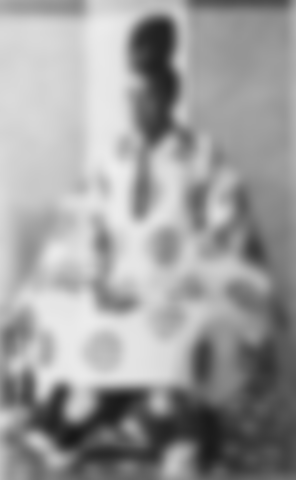
After conflicts since 1866, the last Shogun, Tokugawa Yoshinobu, officially resigned on November 9, 1867. The Shogunate was abolished, and the emperor was the full master of Japan again. In 1868, the tensions led to civil war, the Boshinian War. However, it was already over in May 1869, after which the Meiji restoration can be said to be complete.
The consequences of the Meiji restoration were profound. The Edo period was over, the Samurai culture was abolished, artistic tastes and cultural values changed, and Japan began to develop towards an industrial society.
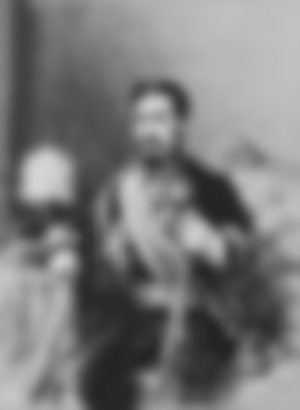
The art of woodblock prints continued during the whole Meiji period (1868-1912), but was under increasing competition from new techniques, not at least photography. Ukiyo-e gradually faded away, but its influence can be traced in various later movements in Japanese art. This is most clear in shin-hanga, a style which had its heydays about 1915-1942, and returned for a few years after WWII as well. It was based on the principles and techniques of traditional ukiyo-e, but incorporated some news as well. However, shin-hanga is beyond the scope of this article.
Ukiyo-e also influenced Western art. The most famous example is Vincent Van Gogh, whose art clearly shows Japanese influence. Utagawa Kunisada II was one of Van Gogh's favourite artists, according to what Vincent himself wrote in a letter to his brother.
Last we have an example of art by Van Gogh's favourite, Utagawa Kunisada II: a yakusha-e, Actor Sawamura Tanosuke as Otomo Wakana-hime.
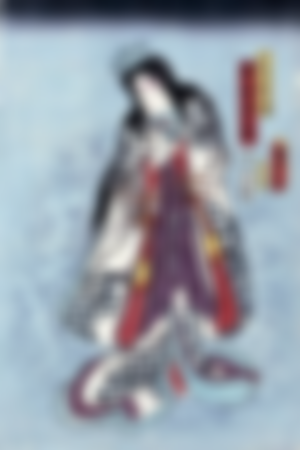
I will try to better define ukiyo-e in a subsequent article.
Copyright © 2020 Meleonymica/Mictorrani. All Rights Reserved.
You find all my articles on Japanese Art & Culture here.
Interested in Japanese culture? Join my community Japanese Art & Cultural History (7c1f).
You find all my writings on Read.Cash, sorted by topic, here.
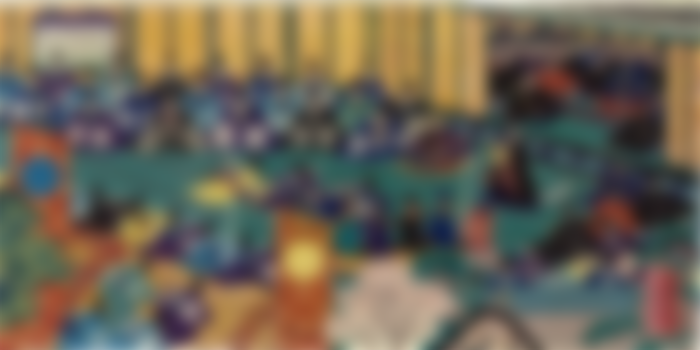
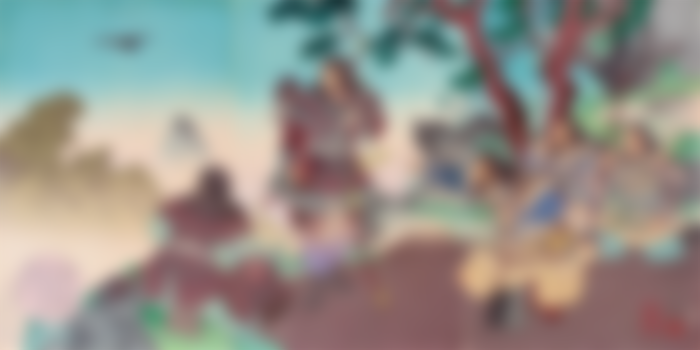
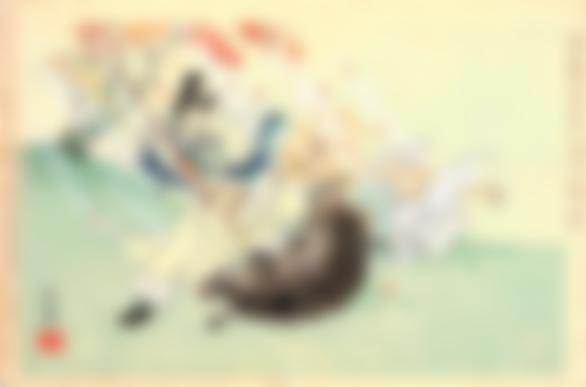
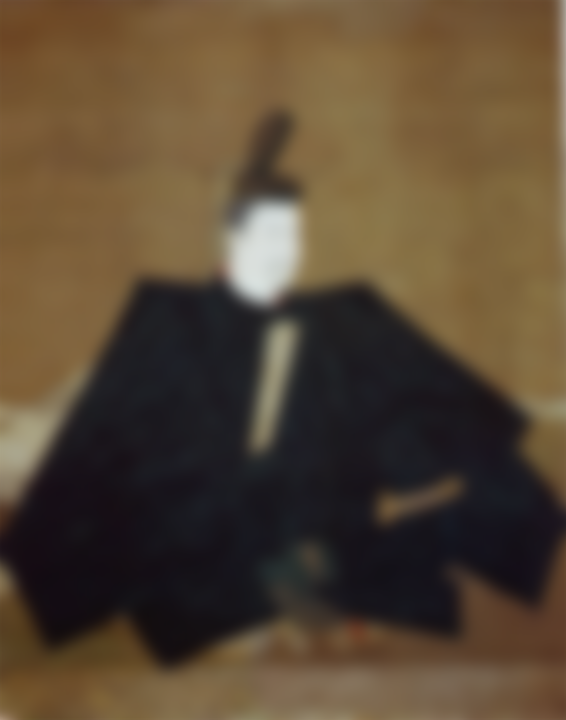
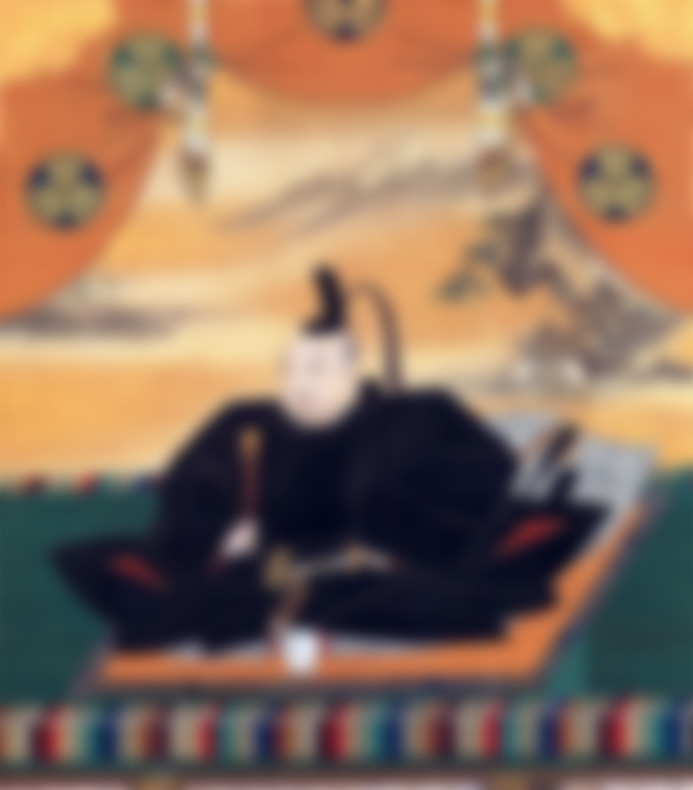
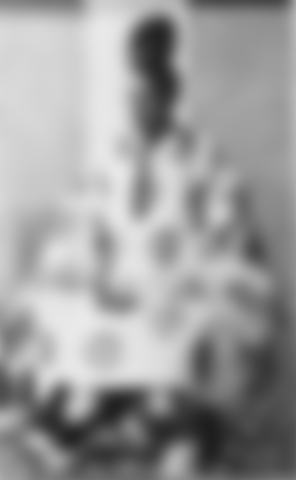
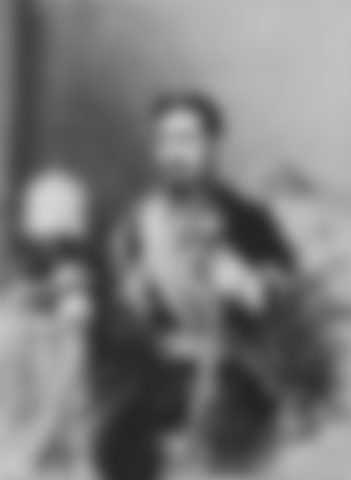
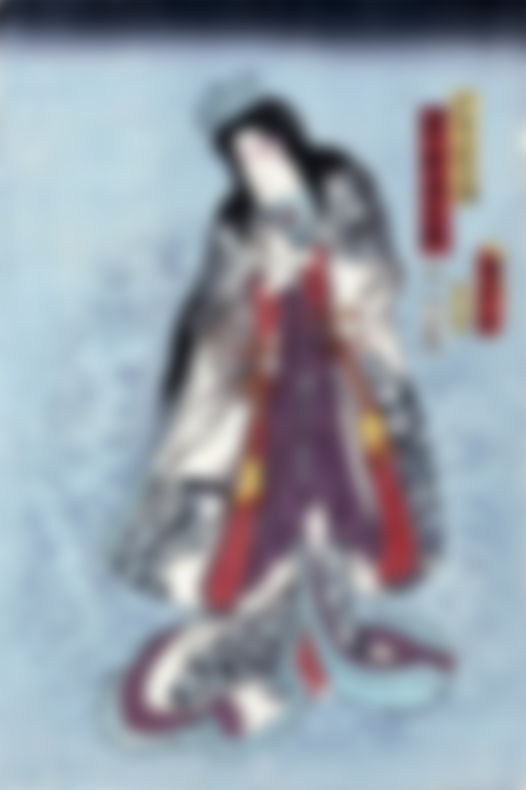
With more than a million inhabitants, Edo must have been one of the largest cities in the world at the time (perhaps even the largest), right?
It is also interesting to see the differences in the traditional dress of the last shogun and the european dress of Emperor Meiji. Both photos probably taken almost at the same time.